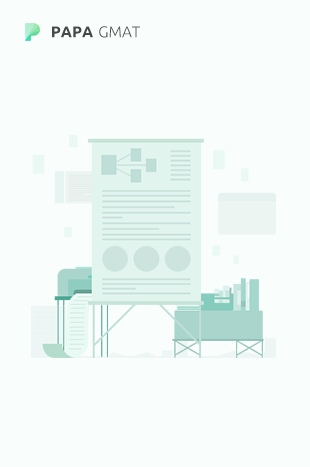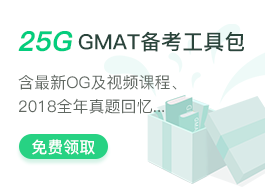题目信息
When, on a particular shopping trip, a consumer purchases an item which he previously had no intention of purchasing, this sale is called an "impulse purchase." The objects of impulse purchases are occasionally essential items (i.e. items that satisfy basic subsistence needs), but much more frequently are luxury or non-essential items. Researchers have determined that, at the end of a shopping trip, a consumer is much more excited if she has bought a luxury item on an impulse purchase, than if she had made no impulse purchases.
If the information above is true, and if the researchers` investigation was properly conducted, then which of the following must also be true?
If the information above is true, and if the researchers` investigation was properly conducted, then which of the following must also be true?
A:The impulse purchase of luxury or non-essential item is more exciting than the impulse purchase of an essential need.
B:A consumer who, for whatever reason, is not able to purchase an item she had planned to buy is necessarily disappointed.
C:Consumers seeking a high level of excitement often make impulse purchases.
D:The researchers had a reliable way to determine whether the consumer had planned to buy the luxury or non-essential item he purchased on that trip.
E:The probability that a consumer makes an impulse purchase of an item decreases as the price of the item increases.
参考答案及共享解析

共享解析来源为网络权威资源、GMAT高分考生等; 如有疑问,欢迎在评论区提问与讨论
本题耗时:
已选答案:
正确答案:
D:The researchers had a reliable way to determine whether the consumer had planned to buy the luxury or non-essential item he purchased on that trip.
权威答案解析正在整理中,即将上线。
 加入收藏
加入收藏
 在线答疑
在线答疑
题目来源
Magoosh



























